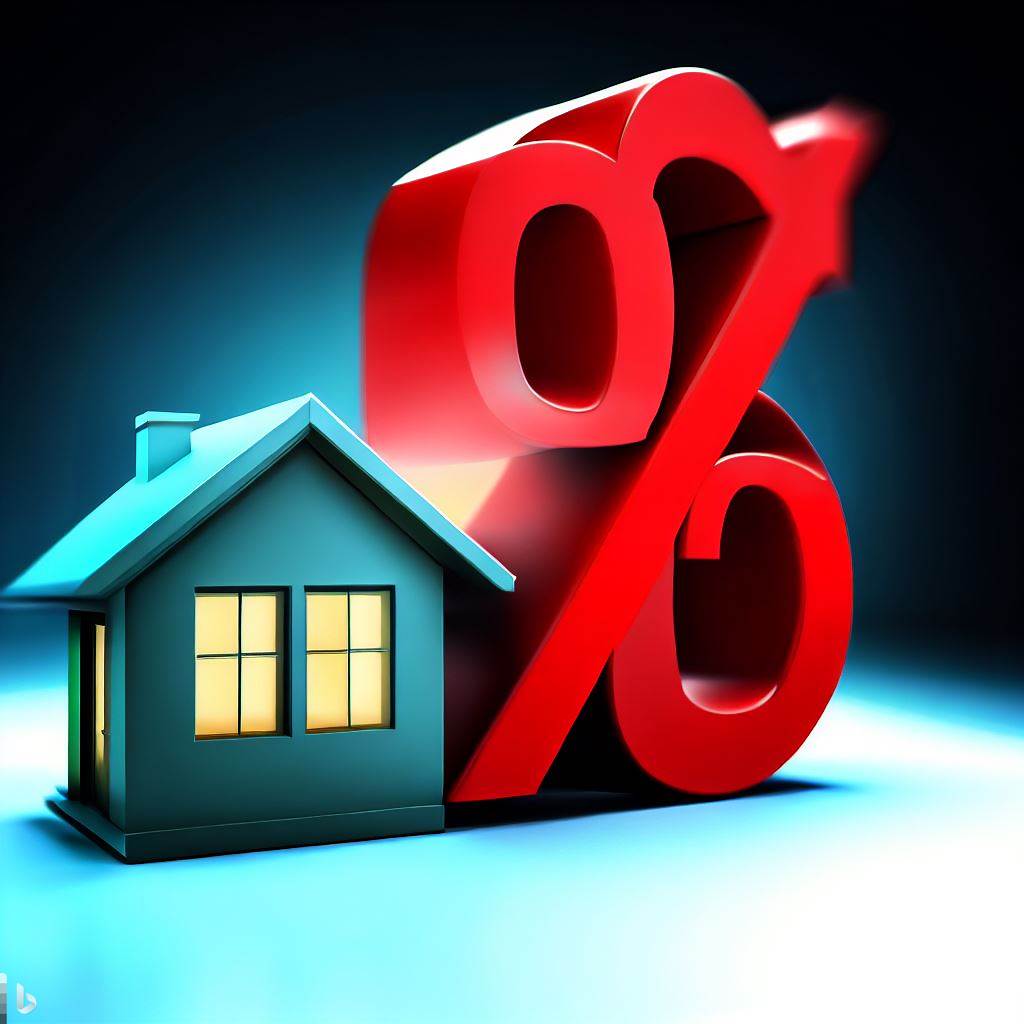Mortgage rates play a significant role in the home buying and refinancing process, directly impacting your monthly payments and the overall cost of your loan. Whether you’re a first-time homebuyer or considering refinancing an existing mortgage, understanding how mortgage rates work is essential for making informed financial decisions.
What Are Mortgage Rates?
Mortgage rates refer to the interest rates charged by lenders on home loans. When you borrow money to purchase a home, you are required to pay back the principal amount of the loan along with interest. The interest rate determines the cost of borrowing and is expressed as a percentage.
Factors Affecting Mortgage Rates:
- Economic Conditions: Mortgage rates are influenced by broader economic conditions, including inflation, economic growth, and unemployment rates. During periods of economic growth, mortgage rates may rise to keep up with higher demand for borrowing.
- Federal Reserve Policy: The Federal Reserve (often referred to as the Fed) sets the federal funds rate, which indirectly affects mortgage rates. When the Fed raises the federal funds rate, it can lead to higher mortgage rates.
- Credit Score: Borrowers with higher credit scores typically qualify for lower mortgage rates. Lenders view borrowers with strong credit histories as less risky and therefore offer them better terms.
- Loan Term: The term of the loan, whether it’s a 15-year, 30-year, or other duration, can affect the interest rate. Shorter-term loans often have lower rates but higher monthly payments.
- Loan Amount and Down Payment: The amount of money you borrow and the size of your down payment can impact your mortgage rate. Lenders may offer lower rates for larger down payments or higher loan amounts.
- Market Competition: Lenders’ mortgage rates can vary based on market competition. Shopping around and comparing rates from different lenders can help you secure a more competitive rate.
Types of Mortgage Rates:
- Fixed-Rate Mortgage: In a fixed-rate mortgage, the interest rate remains constant throughout the life of the loan. This provides predictability and stability in monthly payments, making it popular among borrowers who want to lock in a consistent rate.
- Adjustable-Rate Mortgage (ARM): An ARM offers an initial fixed rate for a specific period (such as 5, 7, or 10 years), after which the rate adjusts periodically based on market conditions. ARMs may start with lower rates, but they come with potential rate fluctuations.
- Interest-Only Mortgage: With an interest-only mortgage, you only pay interest for a certain period, typically 5-10 years. After that, you start paying both principal and interest. This option may result in lower initial payments but requires careful planning for the future.
Impact on Borrowers:
- Monthly Payments: Lower mortgage rates lead to lower monthly payments, making homeownership more affordable.
- Total Interest Paid: Lower rates can significantly reduce the total interest paid over the life of the loan, saving borrowers money in the long run.
- Affordability: Lower rates can make it possible for borrowers to qualify for higher loan amounts and purchase more expensive homes.
Locking In Your Mortgage Rate:
Mortgage rates can fluctuate daily based on market conditions. When you find a favorable rate, you have the option to “lock in” that rate for a specific period (usually 30-60 days). This protects you from rate increases during the home-buying process.
Final Thoughts:
Mortgage rates are a critical consideration when obtaining a home loan. Whether you choose a fixed-rate mortgage for stability or an ARM for potential initial savings, understanding the factors that influence rates and how they impact your finances will empower you to make informed decisions that align with your homeownership goals. Always consult with mortgage professionals to explore your options and find the best rate for your situation.

